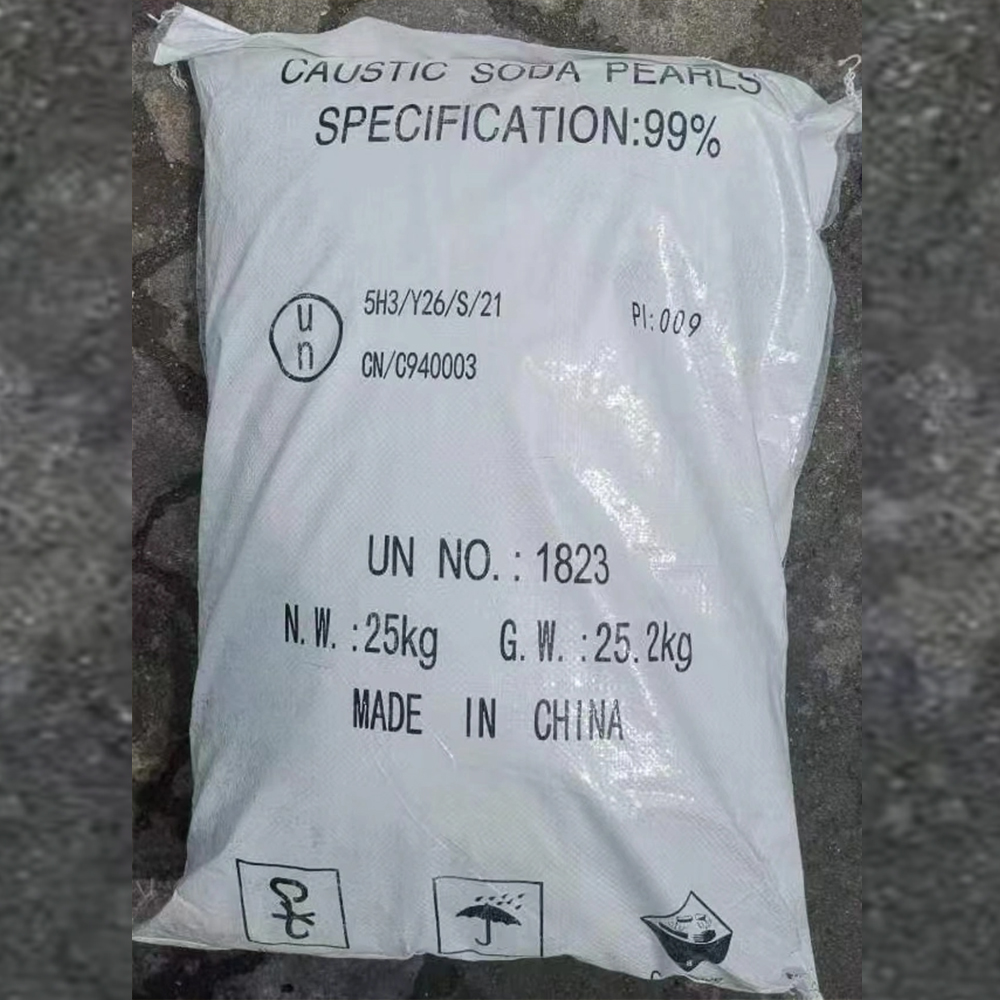



Effective Solutions for Restoring Green Pool Water to Crystal Clear Clarity
Green Pool Water Remedy How to Restore Your Swimming Pool to Its Natural Beauty
When the summer sun shines brightly and temperatures rise, there's nothing quite like a refreshing swim in your own backyard pool. However, maintaining that crystalline clarity can sometimes feel like an uphill battle. If you’ve ever encountered the frustration of green pool water, you’re not alone. This common problem can turn a delightful swim into a murky mess. Fortunately, with the right knowledge and approach, you can restore your pool to its former glory.
Understanding Green Pool Water
Green pool water is typically a sign of algae growth, which flourishes in warm conditions, particularly when there are imbalances in the pool’s chemical levels. The primary culprits tend to be inadequate chlorine levels, poor water circulation, and lack of regular maintenance. Algae can multiply rapidly, transforming your sparkling oasis into an unsightly green pond.
Steps to Remedy Green Pool Water
1. Assess the Situation Before taking action, assess your pool's current state. Check the water's pH and chlorine levels using a reliable test kit. Ideally, the pH level should be between 7.2 and 7.6, and free chlorine levels should range from 1.0 to 3.0 parts per million (ppm).
2. Shock the Pool The first step in tackling algae growth is to superchlorinate or “shock” the pool. This involves adding a significant amount of chlorine to raise the free chlorine level. For pools with severe algae infestations, you may need to use a double or triple dose of pool shock. Be sure to follow the manufacturer's instructions for application.
3. Brush the Walls and Floor After shocking the pool, use a pool brush to scrub the walls, steps, and the floor where algae might be hiding. This process helps loosen the debris and algae from the surfaces, enabling the chemicals to work more effectively.
green pool water remedy

4. Run the Filter Turn on your pool filter and let it run continuously for at least 24 hours. The filtration system is designed to remove contaminants, including dead algae particles. Be sure to clean or backwash the filter as needed to maintain good flow and efficiency.
5. Add Algaecide Once you’ve brushed the pool and shocked it, consider adding an algaecide specifically designed for the type of algae you’re dealing with. Follow the product instructions carefully, as the dosage can vary based on your pool's size and the severity of the algae problem.
6. Monitor Chemical Levels After the initial shock and treatment, continue to test the water frequently to ensure the chemical levels stabilize. Adjust pH and chlorine as needed to maintain safe and clean water conditions.
7. Clean and Vacuum After a few days, check the pool’s appearance. If it’s starting to clear up, use a vacuum to remove any residual debris from the bottom. If the water still looks cloudy or green, continue running the filter and check chemical levels until clarity improves.
8. Prevent Future Growth Once your water is back to its sparkling condition, prevention is critical. To deter future algae blooms, keep your pool's chlorine levels balanced, consistently monitor pH levels, and maintain regular cleaning and skimming. Consider using a pool cover when the pool is not in use to minimize debris.
Conclusion
Dealing with green pool water can be daunting, but it is a manageable issue that, when addressed promptly, can restore your swimming pool to a pristine state. Understanding the causes and following effective treatment steps is crucial. By ensuring proper maintenance and chemical balance, you can enjoy sparkling clear water throughout the summer season. Remember, a little preventive care goes a long way in keeping your swimming sanctuary clean, inviting, and ready for an enjoyable swim. So gear up, roll your sleeves, and dive into the delightful world of pool maintenance!
-
Why Sodium Persulfate Is Everywhere NowNewsJul.07,2025
-
Why Polyacrylamide Is in High DemandNewsJul.07,2025
-
Understanding Paint Chemicals and Their ApplicationsNewsJul.07,2025
-
Smart Use Of Mining ChemicalsNewsJul.07,2025
-
Practical Uses of Potassium MonopersulfateNewsJul.07,2025
-
Agrochemicals In Real FarmingNewsJul.07,2025
-
Sodium Chlorite Hot UsesNewsJul.01,2025










